Planting and caring for hybrid tea roses in the open field
Bright and fragrant hybrid tea roses delight with flowering throughout the growing season. Numerous varieties allow you to choose an instance for every taste. You can choose for planting plants with flowers of different colors, sizes and shapes, and each of them will not leave you indifferent.
Description of the plant
Tea-hybrid - a class of varietal roses, which are obtained by crossing remontant and tea plants. These aristocrats are distinguished by high quality buds and continuous flowering throughout the growing season. On average, plants are about 65 cm high, tall specimens sometimes reach one and a half meter in size. Roses can grow in standard culture, form spreading or narrow pyramidal bushes. Leaves of various shades of green, there are dense and delicate, matte and shiny.
The diameter of fragrant double flowers is usually from 10 to 14 cm. Depending on the variety, they are arranged one by one or collected in inflorescences. Petals are of very different colors and textures. Flowering begins around mid-June and continues until frost.
Types and varieties
Hybrid tea roses are the most popular and are widely used for landscaping and cutting. More than 10,000 varieties and numerous hybrids have been developed, which differ in the level of winter hardiness, disease resistance, the shape and size of the bush, the color and aroma of flowers.
The following varieties of hybrid tea roses are especially loved by flower growers.
- Anastasia - an undemanding variety, popular in flower shops, and a frequent visitor to flower beds, with delicate white petals.
- Unpretentious Red Queen with medium-sized bright red flowers.
- Hardy and delicate rose Gloria Day with large creamy buds that change color throughout the flowering period. Easy to grow and disease resistant.
- Dame de Kerr - a vigorous rose up to 100 cm high. It pleases with cherry-red flowers with a light aroma. The variety with high winter hardiness and abundant flowering is suitable for cutting. The plant can be formed in the form of a trunk.
- Nostalgia - White flower resistant to unfavorable conditions with a wide red border.
- Piccadilly - a rose like a spring butterfly: the base of the petal is creamy orange, and the edging is bright red.
- French variety Black Baccarat with velvet petals of maroon, almost black color, it looks expensive and rich.
- Bob hope Is an abundantly flowering plant with a rich aroma and crimson-scarlet flowers.
The rose variety is chosen taking into account personal taste, local climatic conditions and the characteristics of a particular planting site.
Reproduction methods
Use two popular methods to propagate a hybrid rose yourself.
- Cuttings.
A semi-lignified shoot is cut off, divided into small cuttings about 6 cm long. Each shoot must have at least one bud and leaves. The shoots are slightly dried and the lower cut is sprinkled with a stimulant for root growth. They are planted in a nutrient soil, covered with glass jars, plastic bottles or film on top. Watering, spraying and airing is carried out regularly. For the winter, young plants are carefully covered, in the next season they are grown or transplanted to a permanent place, depending on the appearance of the bush.
- Graft.
As a rootstock for a varietal rose, a rosehip not older than three years is most often used. Work is best done in the second half of the summer.Budding is carried out with a sleeping eye. On a one-year faded shoot of a varietal plant, cut pieces about 1 cm wide with 2-3 buds are cut. Leaves and thorns are removed from the resulting scion. In the middle part of the cutting with a sharp knife, cut off the kidney together with a piece of bark and cambium about 3 cm long. The soil near the rosehip bush (stock) is raked and the root collar is exposed — the place where the trunk transitions to the root. Thoroughly flush out the dirt in this area, otherwise the graft may not take root. A T-shaped cut is made on the root collar so that the scion and rootstock are tightly connected. The vaccination site is wrapped with plastic wrap, leaving the kidney open. The root collar is sprinkled to hide the place of budding.
It is not easy to propagate a rose, so ready-made seedlings are often bought for planting. It is better to purchase them in a specialized store or from a trusted seller. When buying, pay attention to the appearance of the bush. They choose healthy plants with a well-developed root system and dormant buds. The number of stems is from 2 or more. They should be strong, green, with a diameter of at least 6-7 cm.
You can buy rose bushes in March and store them in damp sand or soil in a cool room until they are planted outside.
How to plant a hybrid tea rose?
Plant roses in open ground best in May, when the earth warms up well to temperatures above +12 degrees. You can also do this in the fall. In this case, the time is set depending on the region, so that the flower has time to take root well before frost.
Before planting, hybrid tea roses with an open root system are soaked in water for about 1-2 hours. If the bush is in a container, then the flower is well watered the day before it is removed from the pot. Trim damaged roots to a healthy white color. Dig a hole about 60 cm deep, adjust the dimensions depending on the size of the bush. The distance between adjacent specimens of roses depends on the variety, but not less than 40-50 cm. A mixture of garden soil, sand and organic fertilizers (humus or compost) in equal amounts is poured into the bottom of the planting pit. You can use another method: take clay, manure and water in a 2: 1: 1 ratio and place the rose roots in the resulting composition before planting.
The plant is placed in a planting hole in such a way that the grafting site (thickening in the lower part of the seedling) goes deep into the soil by about 2-3 cm. The hole is covered with moist soil, tamped a little. Then the plant is watered abundantly, the trunk circle is mulched. After the spring planting, pruning is carried out. If a rose is placed in open ground in the fall, then it should be shortened at the beginning of the next growing season.
Growing features
Hybrid tea roses are quite capricious and require constant care.
- Choosing a place.
Planting is carried out in areas well-lit by the sun, protected from strong winds. It is advisable not to place flowers near apples, pears, blackberries, peaches, raspberries and other representatives of the Pink family.
- Watering.
Roses need abundant and fairly frequent watering; lack of moisture impairs the appearance and health of the plant. On average, moistening is carried out once a week during the budding and flowering period, about 10 liters of water are used per adult bush. In early spring and autumn, irrigation is less frequent, about once every 10-15 days, depending on the temperature and humidity. It is best to irrigate in the evening, especially in hot and sunny weather. This will protect the leaves from sunburn and allow the roots to saturate well with moisture.
- Priming.
Roses will love loose soil with mild acidity. Depleted and clayey soils are not suitable for them. It is necessary to remove weeds in a timely manner, to loosen the soil.
- Top dressing.
The flower loves organic and mineral fertilizers. It is useful to mulch the soil in the trunk circle with humus or compost at the beginning of the growing season. Such care will protect the plant from drying out of the soil and give additional nutrition to the bush. During the budding period, mineral fertilizing is introduced: the flower is watered with a solution, combining about 45 g of urea, 25 g of nitrate and 15 g of potassium sulfate in 10 liters of water. Fertilizers are used throughout the growing season, alternating between different types.
- Pruning.
The rose needs shaping. Bush pruning is carried out in spring, summer and autumn. At the beginning of the growing season, the main haircut is performed. It is done immediately after the plant is opened after wintering, or during planting in open ground. Depending on the variety, strength of growth and age, the shoots are shortened by an average of 10-15 cm. Branches with 2-3 well-formed buds are left on strong shoots and 1-2 buds on weak ones. On tall and older plants, they retain longer shoots and about 4-6 buds.
Summer pruning is done after flowering. The faded inflorescences with a short shoot are removed. This enhances the growth of the branches and promotes profuse flowering again. Around the end of October, unripe and damaged shoots, as well as inflorescences, are cut out. It is not recommended to shorten too much. After any shearing, all removed parts of the plant are burned.
- Frost protection.
Hybrid tea roses are less resistant to cold than remontant roses. They require shelter if the temperature in the region drops below -10 degrees in winter. The bushes are covered with a layer of earth or peat about 20 cm high, and then with dry branches and leaves or spruce branches.
In areas with severe frosts, a protective frame is additionally built, on which a heater is placed. Cover from above with a film, the edges of which are lightly sprinkled with soil.
Pests and diseases
Hybrid tea roses are damaged by various fungal and viral diseases. Damp and warm weather, excess nitrogen fertilizers, violation of cultivation technology and the presence of pests contribute to the spread of infection.
- Downy mildew usually develops in rainy weather. It begins with the development of mildew on the underside of the leaves, which over time turns into brown or reddish spots.
- Gray rot appears as a light gray bloom, over time, the affected parts of the plant turn brown and die off.
- As a result of the vital activity of aphids, a sooty bloom may appear: the fungus develops in places where the sweet secretions of these insects accumulate.
A timely fight against parasites and optimal cultivation conditions can prevent the development of fungal diseases. At the first signs of disease, they are treated with fungicides.
Various viral infections spread from infected plants through dirty pruning tools or pests. Disinfecting garden tools and combating virus carriers will protect against diseases such as viral wilting and striped leaves. All parts of plants damaged by viruses are cut off and burned.
Common pests of roses are aphids, spider mite, nematodes and leafworms. Tiny mites become active in dry and hot weather. They suck out the sap of plants, weaken them and can even cause the death of flowers. Nematodes sometimes settle on the roots - transparent worms impair the growth of roses, cause thickening on the rhizome. Leafworm moths lay eggs in the branches. In the spring, their larvae appear, which feed on foliage and buds. The rolled leaves are removed. The fight against various parasites is carried out with the help of insecticides.
Rose is a flower with character. It requires constant attention, but with proper cultivation, all efforts and resources will pay off. Delightful flowers bring many pleasant moments with their appearance and aroma.
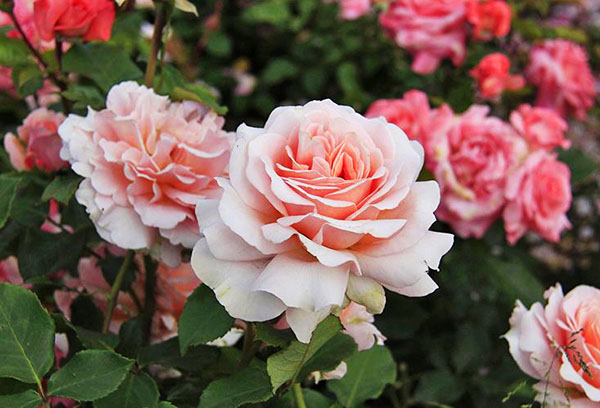

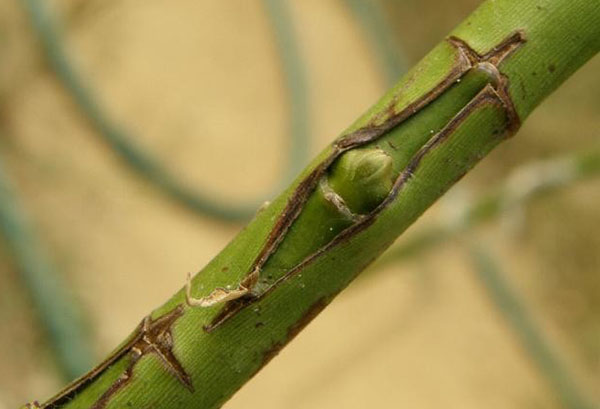
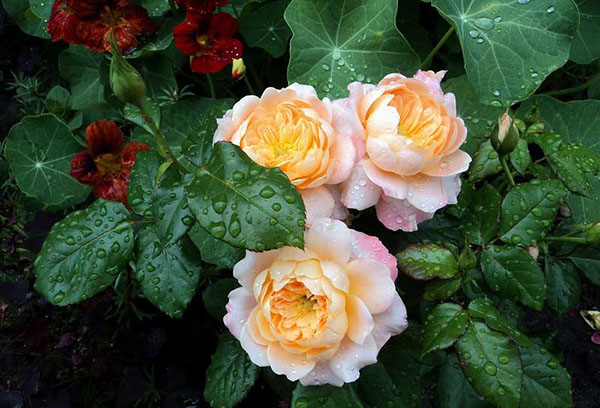
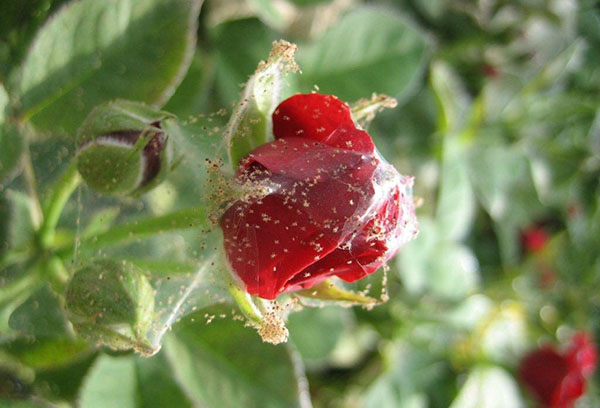


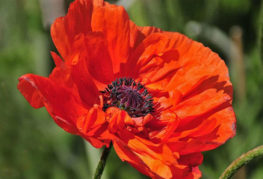
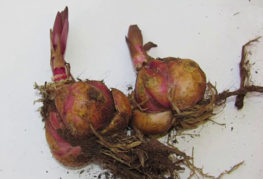


and will be published shortly.